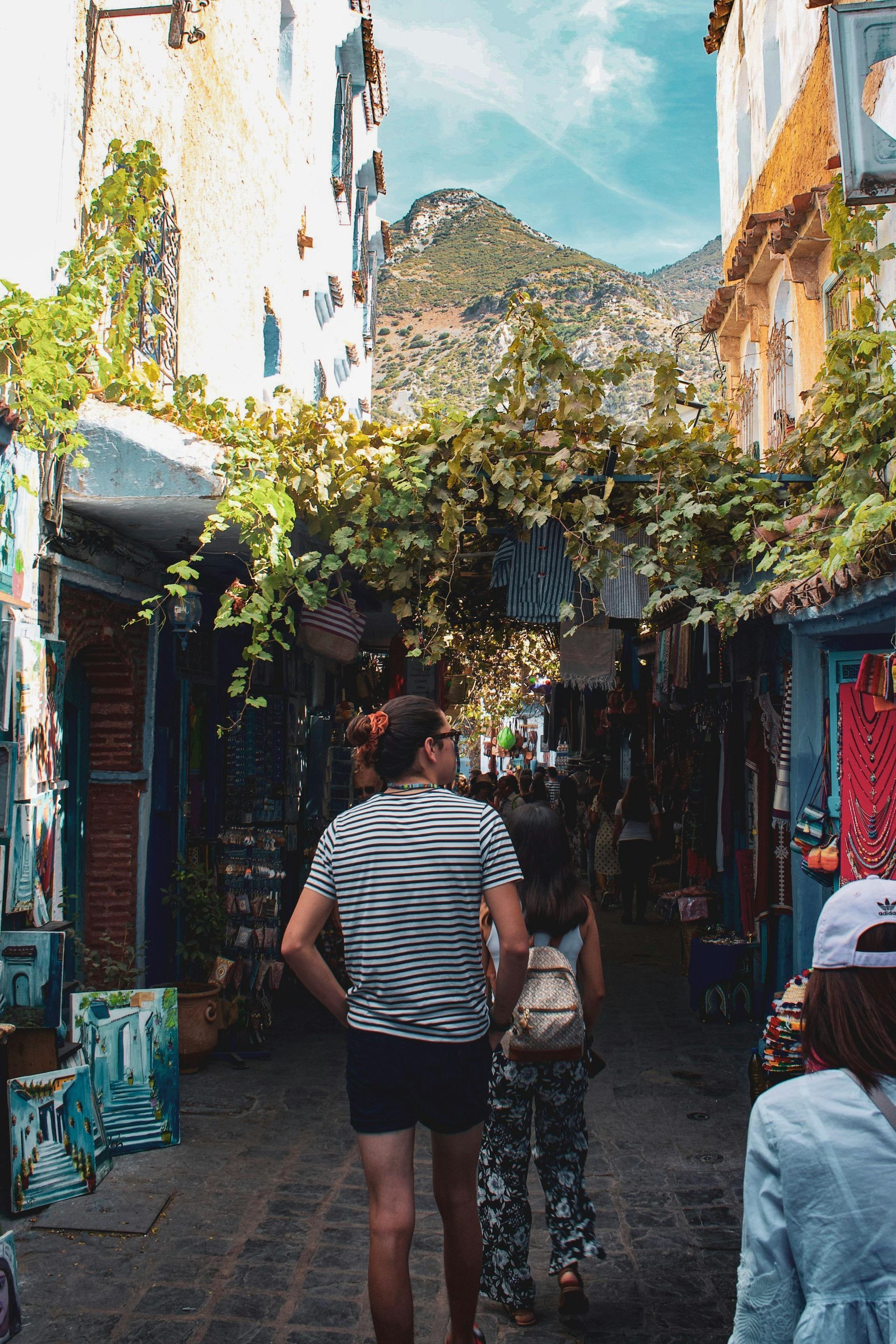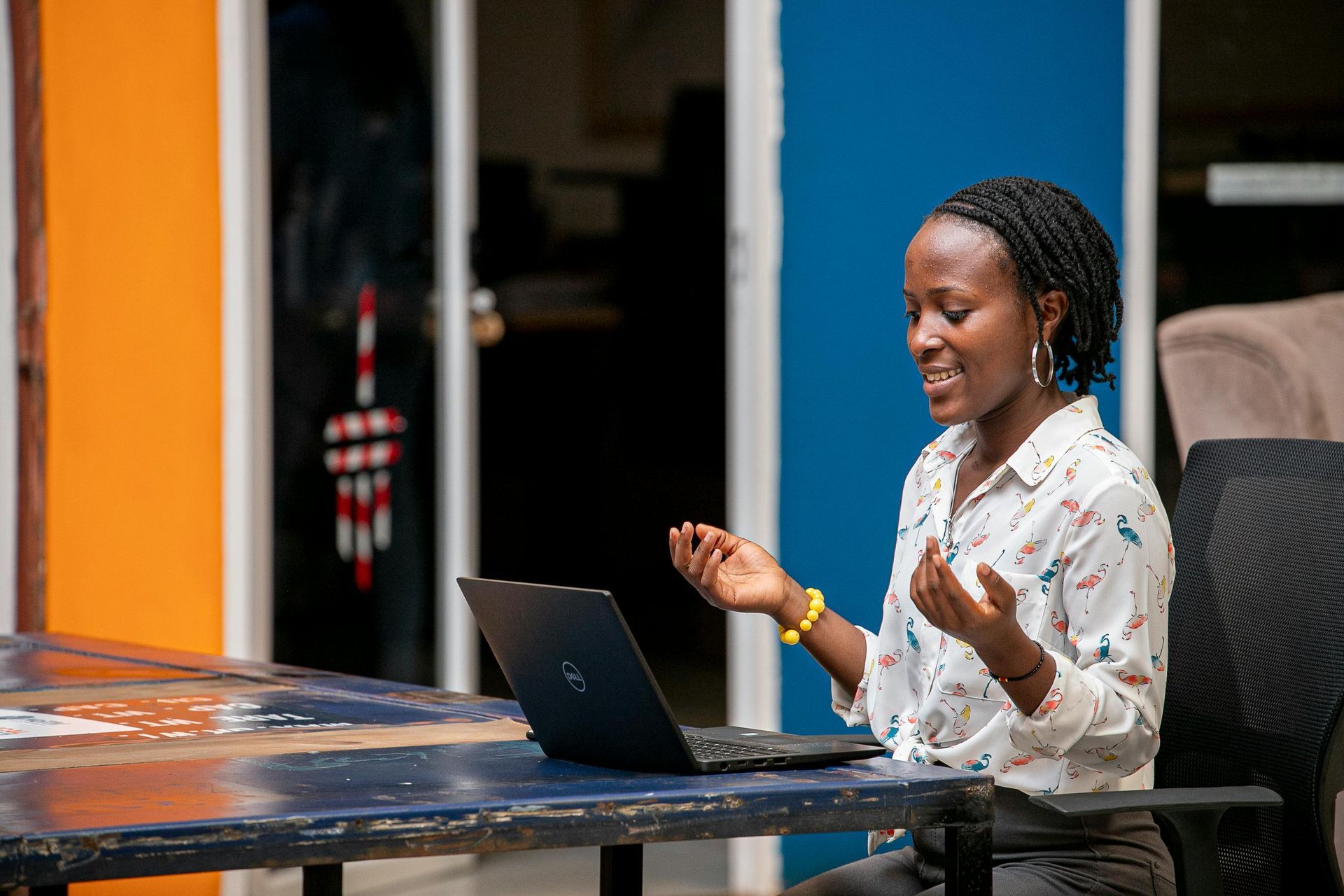Build More Than a Center, Build Futures
Organization: Friends of Mother Teresa (Local NGO, Registered in Uganda)
Project: Construction of a Community Resource Center
Location: Kajjansi, Wakiso District (20km from Kampala)
Duration: 2-Week Volunteer Program |
Start Date: [Flexible, 2025]
About the Project
We’re building a multipurpose resource center to serve Kajjansi’s vulnerable communities. The center will include:
- A library and computer lab for youth education
- A women’s vocational training space (tailoring, crafts)
- A health outreach room for free medical camps
Your Role:
- Assist local builders with light construction (mixing cement, painting, carpentry)
- Help organize book donations and set up the library
- Engage with community members (children, women’s groups) during breaks
- No prior skills needed—just energy and teamwork!
Volunteer Requirements
✔ Age 18+ (or with guardian consent)
✔ Basic English (Luganda/Swahili a bonus)
✔
Physical ability for light labor (or opt for non-construction roles)
✔
Commitment: Min. 10 days (Mon-Fri, 8AM–2PM)
What We Provide
- Accommodation: Shared volunteer house (bunk beds) OR homestay option
- Meals: Ugandan lunches (vegan/vegetarian friendly)
- Transport: Daily boda-boda (motorcycle) pickup from Kajjansi town
- Impact Certificate upon completion
Why Volunteer Here?
- Direct Community Impact: Your work will serve 500+ families annually.
- Cultural Exchange: Evenings include village walks, storytelling, and drumming lessons.
- Banange Verified: We’ve vetted this project for ethical standards and transparency.
Cost: $150/week (covers food, lodging, and project materials). 100% goes to the NGO.
How to Apply
- Fill the Banange Volunteer Form (link)
- Interview with the project coordinator (15-min WhatsApp call)
- Pre-Departure Guide sent with packing lists and Luganda basics
Deadline: Rolling applications (max 10 volunteers/month).
SIGNUP TO VOLUNTEER
Thank you for signing up for this project.
Oops, there was an error sending your message.
Please try again later.
Please try again later.
ALSO INTERESTING

door Wim Hansen
•
28 juli 2025
Jinja Jinja, two hours from Kampala, lies on the banks of the Nile River near Lake Victoria. It's the place to be for whitewater sports enthusiasts and is known for its vibrant atmosphere with lively markets, bars, and clubs. Escape the hustle and bustle here and enjoy nature and adventure! The Nile At 6,000 kilometers, the Nile is the (second) largest river in the world. The Amazon in South America thinks it has the upper hand, but no one is 100% sure. The Nile originates at Lake Victoria in Jinja and then flows to Egypt, where it finally flows into the Mediterranean Sea. This river used to have numerous waterfalls along its course, but the Speke Dam in Jinja has caused the water to rise, creating wild rapids. Water sports Jinja is known worldwide as a prime spot for whitewater rafting. You'll be propelled by a rubber boat with paddles through the rapids of the Nile. These can be quite violent, so you'll need to wear a helmet and life jacket. You might be thrown out of the boat halfway, and one of the other boats will pick you up. Kayaking is challenging, but those who have mastered it love to come to Uganda to show off their skills at Jinja on the Nile. For beginners, there are lessons with professional instructors who teach you how to stay upright on the turbulent Nile. You can do this solo in a single kayak or—as an ideal test of your relationship or friendship—in a tandem kayak. For a more relaxing experience, you can also take a leisurely float on the Source of the Nile, the part of Lake Victoria where the true Nile River supposedly originates! Here you can watch the Bob Ross sunset while spotting colorful birds and monitor lizards through your binoculars! Jinja Town In Jinja, you'll find several lodges and bars along the Nile River where you can relax with a cold Nile beer in hand and a view of the river. The town itself also has a peaceful yet charming character with plenty to offer, and is definitely worth a visit! Visit the local market or one of the many charming cafes. Nyege Nyege Festival Are you in Jinja this September? Just in time for the steamy, creative, and hip Nyege Nyege festival ! This festival is relatively new, but it's getting bigger every year. Nyege Nyege is the event of the year in Uganda. For four days in early September, an abandoned resort is transformed into a magical music festival. Nestled along the Nile River, nestled among jungle vegetation and the remains of the ghost resort, you'll find various stages where international DJs spin around the clock. What is the safety like in Jinja? Compared to Uganda's capital, Kampala, Jinja is a very quiet and manageable city. While many people in Kampala wouldn't even consider driving or cycling, in Jinja it's perfectly possible. This makes traveling as a family in Jinja easier. You can also easily stroll through the city center and visit all the shops and restaurants on foot. Thanks to the large number of families in Jinja, many hotels and accommodations offer family rooms. This saves money and allows you to all share a room!

door jenesis Kalema
•
25 juli 2025
How to Find a Host Family in Uganda: A Guide for Travelers and Cultural Explorers Uganda, known as the Pearl of Africa , is a country rich in culture, hospitality, and natural beauty. While hotels and lodges are widely available, many visitors are now looking for more authentic, immersive experiences — and that’s where staying with a host family comes in. A host family gives you more than just a place to sleep. It offers a window into Ugandan daily life, traditions, food, language, and genuine human connection. Whether you're a volunteer, student, tourist, or digital nomad, living with a Ugandan family can transform your visit into something truly unforgettable. So, how do you find the right host family in Uganda? Here’s everything you need to know. Why Choose a Host Family in Uganda? Cultural immersion : Learn local customs, languages (like Luganda, Runyankole, Acholi), and traditions. Homemade Ugandan meals : Taste real matooke, groundnut sauce, chapati, and more. Authentic community connection : Build lasting friendships with locals. Safety and guidance : Families often help guests navigate transport, language barriers, and safety. Affordable stays : In many cases, staying with a family is more budget-friendly than hotels. 1. Define Your Purpose Before you start searching, be clear about why you're coming to Uganda. Host families often vary depending on your purpose: Volunteering : Many NGOs partner with families who host international volunteers. Study abroad : Universities sometimes place students with families for full immersion. Cultural exchange : Some travelers are simply curious to live local. Internships or work : Some families host professionals or NGO workers on assignment. Knowing your reason helps narrow down your search and match you with the right family.

